Jay Inslee Proposes Targeting Climate Deniers Overseas With U.S. Anti-Corruption Laws
Jay Inslee proposed applying U.S. anti-corruption laws to climate change deniers overseas as part of a foreign policy shift away from what the Washington governor called the “Axis of Oil.”
The proposal, announced in a 50-page campaign position paper released Wednesday, lays out Inslee’s vision for mobilizing the entire world to shrink planet-warming emissions. The detailed plan could set a tone that Inslee’s rivals for the 2020 Democratic presidential nomination will mimic as the contenders compete in an arm’s race over climate policy.
Inslee’s proposal came a day after former Vice President Joe Biden and Sen. Elizabeth Warren (D-Mass.), two top-tier Democratic candidates in the 2020 election, unveiled their own climate plans with varying degrees of ambition. But it’s Inslee who looked poised to rattle the climate debate for the second time since the governor’s $9 trillion, Green New Deal-style proposal for a domestic climate jobs plan added new seriousness to a presidential campaign initially written off as quixotic.
Citing the far-right German party AfD’s recent targeting of Swedish teenager and climate activist Greta Thunberg, Inslee proposes using anti-corruption laws to “impose consequences for undermining international cooperation, including on climate and much more.” Inslee warned that “nations deeply invested in exploiting fossil fuel reserves are openly flouting consensus on climate change or targeting climate activists domestically,” and said the White House could use the Global Magnitsky Act, which gives the president the power to institute a travel ban or asset freeze on human rights violators in any country.
“We’re standing up against the most powerful economic interests in world history, namely fossil fuel industry and governments who are handmaidens to them,” Inslee told HuffPost.
In the plan, Inslee declared the “United States will not only cease to cooperate with these countries to impede efforts to confront global climate change,” but will threaten to “utilize the Global Magnitsky Act to hold to account individuals and entities responsible for human rights violations and corrupt activities that contribute to targeting civil society advocates, including climate activists.”
“It’s an extension of existing authority against a known threat,” Inslee said. “That’s the fossil fuel industry in league with governments to suppress voices around the country.”

Such a policy could threaten a global influence-peddling machine that has heightened its influence under the Trump administration. Using the Magnitsky Act to pressure foreign officials who target climate activists or scientists could isolate industry groups at a time when fossil fuel players are setting up fake grassroots organizations to promote their interests. The policy would be a powerful cudgel against governments like that of Brazil’s President Jair Bolsonaro, who is aggressively stoking deforestation in the Amazon, displacing indigenous groups and intimidating environmentalists who suffered their deadliest year in history in 2017.
The effort would be limited to overseas officials, but could put pressure on groups in the U.S. The German-based climate denial think tank European Institute for Climate and Energy spearheaded the AfD’s efforts to smear Thunberg, and has close ties to the U.S.-based Heartland Institute, a group funded by Trump megadonors and billionaires Rebekah Mercer and her father, Robert.
“The United States must disentangle its foreign policy goals from those of the ‘Axis of Oil’ countries such as Russia, Saudi Arabia, and Iran,” Inslee wrote in the paper, alluding to the “Axis of Evil” label the George W. Bush administration applied to state sponsors of terrorism.
The legal saber rattling belies an otherwise wonky, if forward-thinking, 19,000-word document blazing a path beyond just reversing President Donald Trump’s decision to quit the global Paris Agreement.
The plan strengthens international institutions. Inslee calls for expanding United Nations’ climate agencies and refocusing their scope on climate change as an economic issue. He commits to cutting emissions 50% over a decade, and vows to ratify the Kigali Amendment, a treaty to ban hydrofluorocarbons, potent greenhouse gases. Under the proposal, the United States would become the 30th nation to join the Powering Past Coal Alliance, a coalition working to phase out the world’s use of coal without carbon capture technology by 2030.
While it pales before the $9 trillion public-private investment Inslee staked out in his domestic economic policy, the international portion of his climate vision puts up money. It calls on the United States to fulfill and double the $3 billion that former President Barack Obama pledged in 2015, and that Trump canceled with two-thirds of the commitment left unpaid. It directs international financial agencies to ice out fossil fuel investments, and charts a path forward to end oil, gas and coal subsidies. It restores and expands aid to the Northern Triangle nations of El Salvador, Guatemala and Honduras, whose $450 million in funding Trump cut in April, and puts a new focus on the climate impacts forcing their populations to migrate.
The plan includes a host of ways to flex American muscle to enforce climate goals. It directs the Commerce Department to create a “climate duty” levied on imports from countries not meeting decarbonization targets. It proposes prioritizing labor and environmental standards in trade negotiations and financing a U.S.-led green bond program meant to fund clean-tech manufacturing and sustainable development overseas and “offer developing nations a credible alternative to rival Chinese investment through the Belt and Road Initiative.” It doubles down on Inslee’s call to establish a widescale resettlement program for climate refugees.
Related...
Jay Inslee Calls For Accepting ‘Historic Levels’ Of Refugees Amid Climate Crisis
Elizabeth Warren Adds $2 Trillion And A Green Marshall Plan To Climate Vision
Joe Biden Unveils Climate Plan Targeting Net Zero Emissions By 2050
Also on HuffPost
1st Prize Winner: Fog in Germany by SkyPro
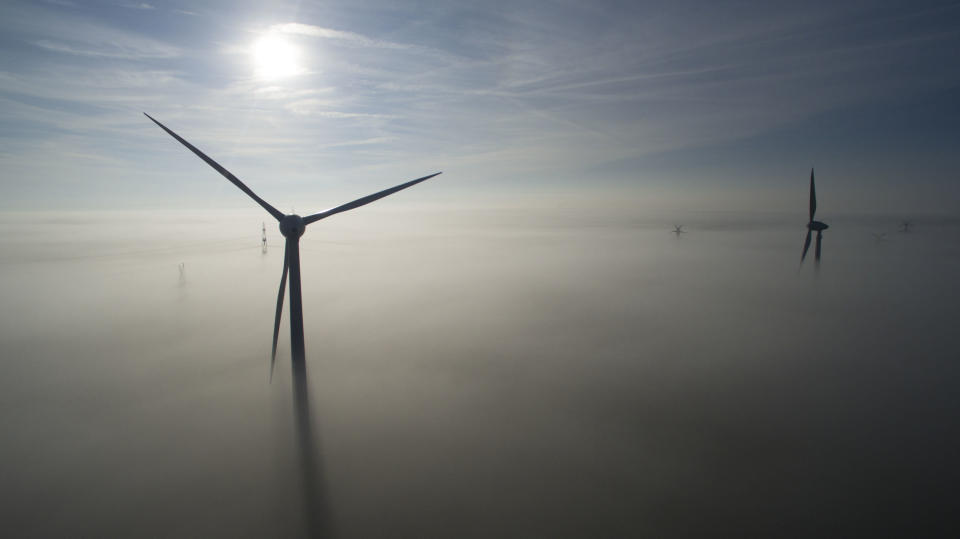
2nd Prize Winner: Church of Paracatu by Alexandre Salem
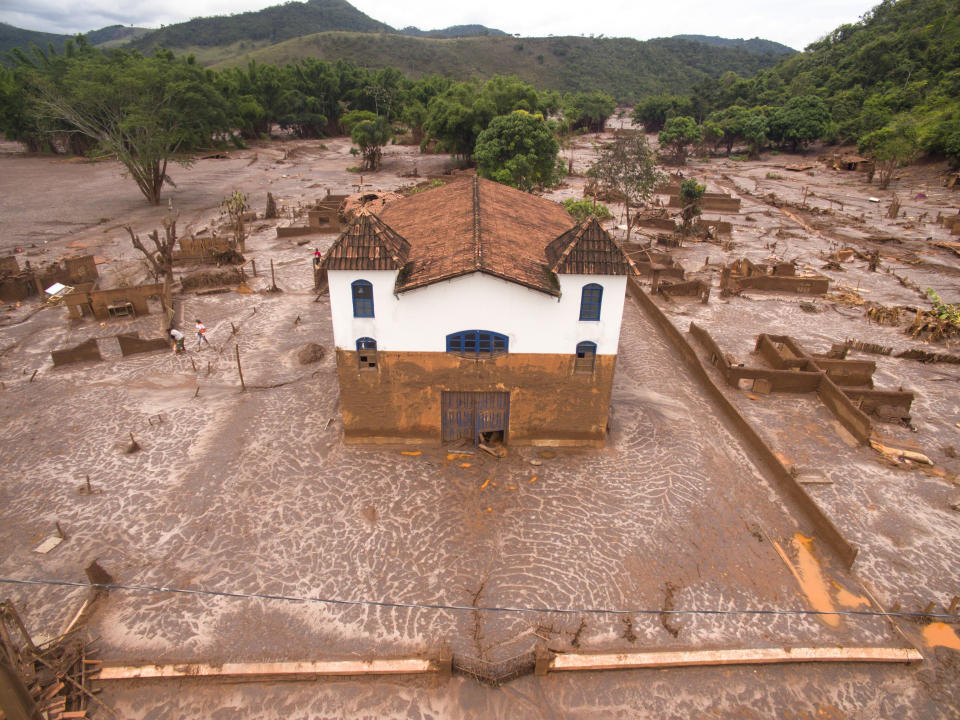
3rd Prize winner: Palangkaraya, Central Kalimantan, Indonesia by Yuyusera
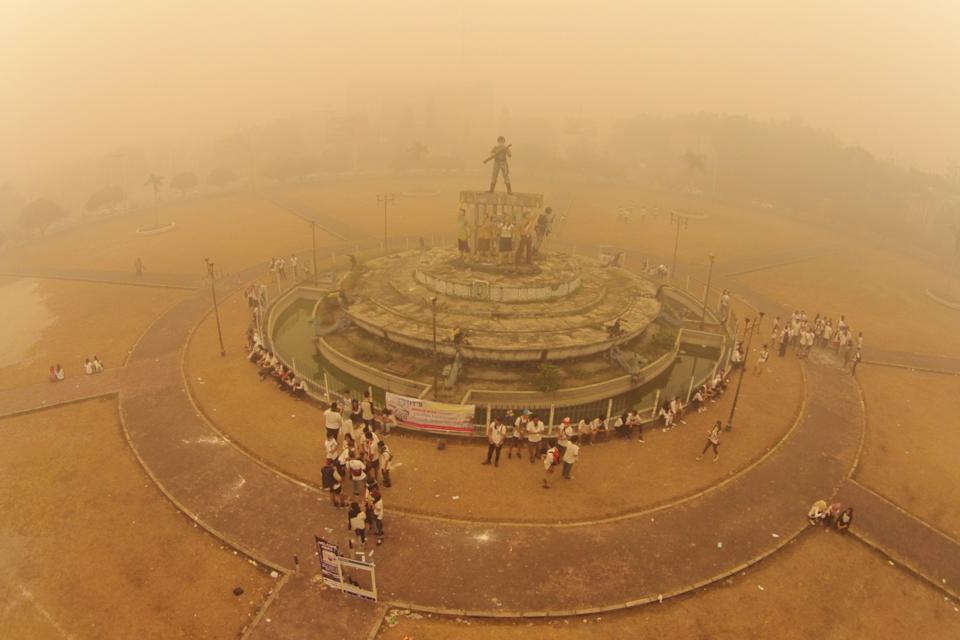
4th Prize Winner: Wind Power near Berlin by King-Fisher
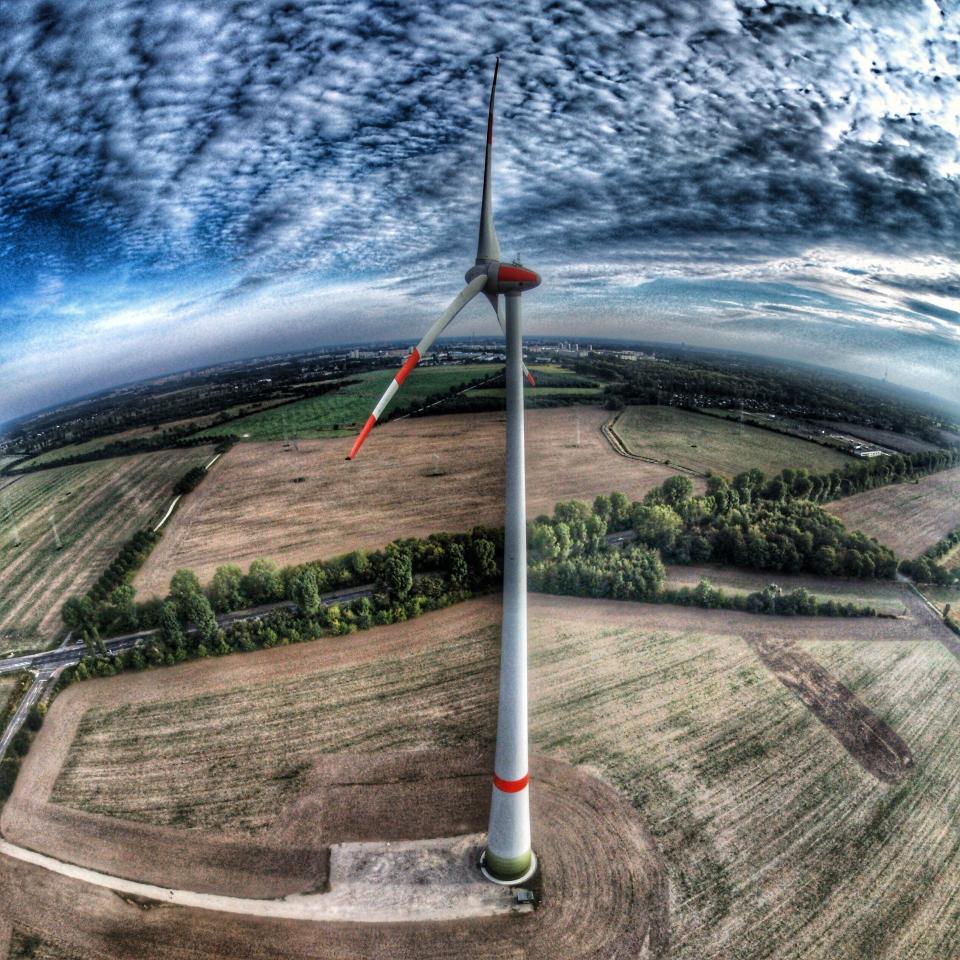
5th Prize Winner: Energy Active Office Building, Genk, Belgium by Drone-Partner
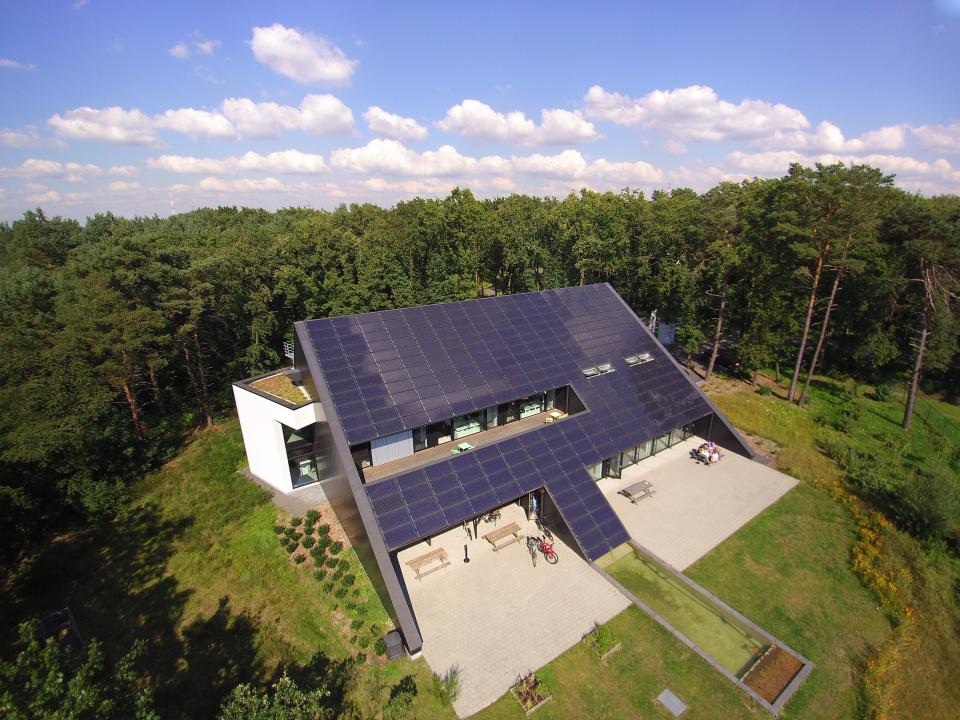
6th Prize Winner: Holbury, New Forest, UK by Mark Baker
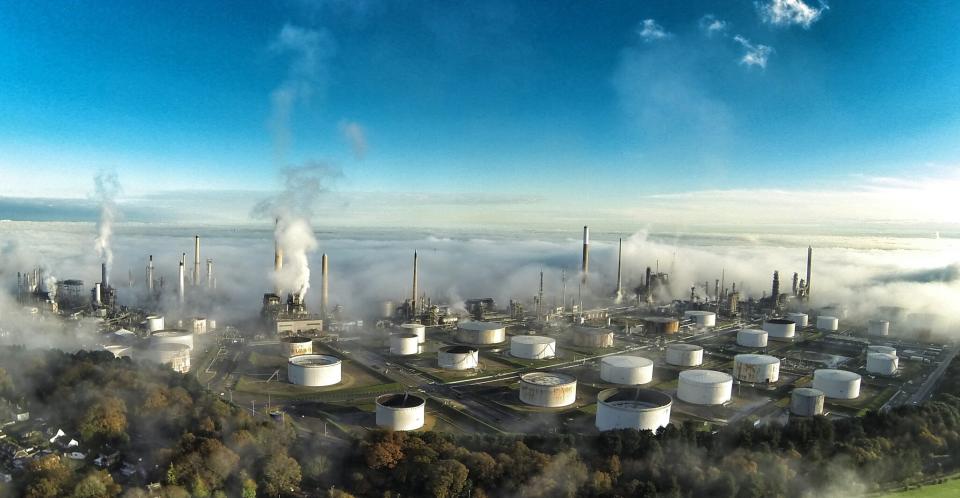
7th Prize Winner: Tiny island in the lake of Galvė by Karolis Janulis

8th Prize Winner: High Tide in La Jolla, California by Kevin Dilliard
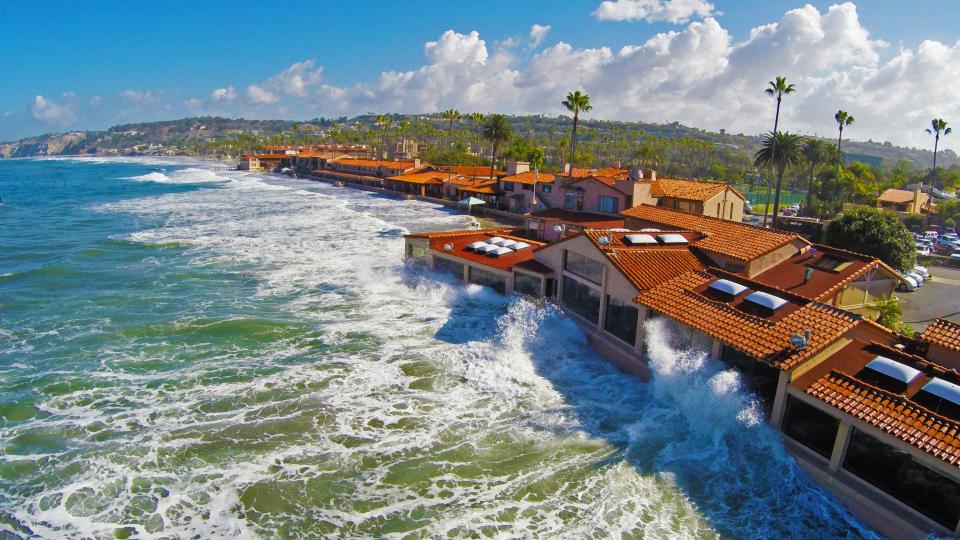
9th Prize Winner: Dhaka, Bangladesh by Zayedh
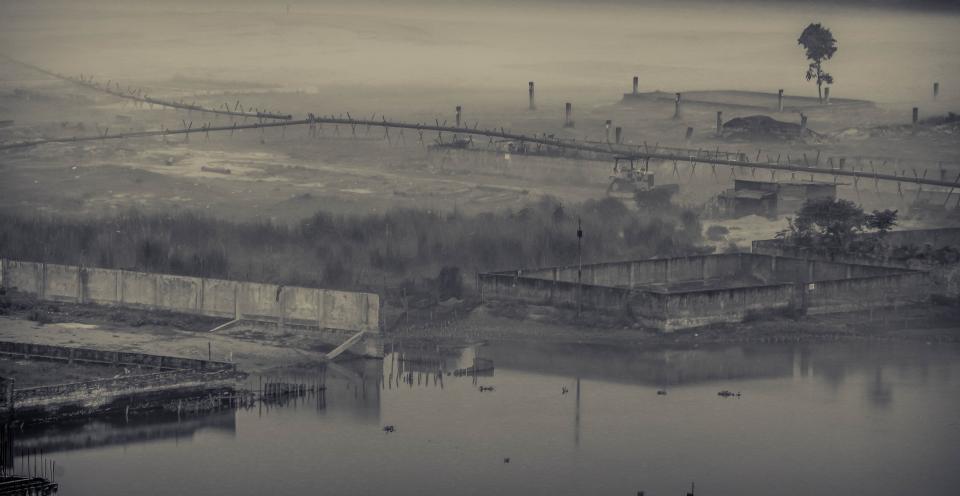
10th Prize Winner: Paracatu Cemiterio by Alexandre Salem
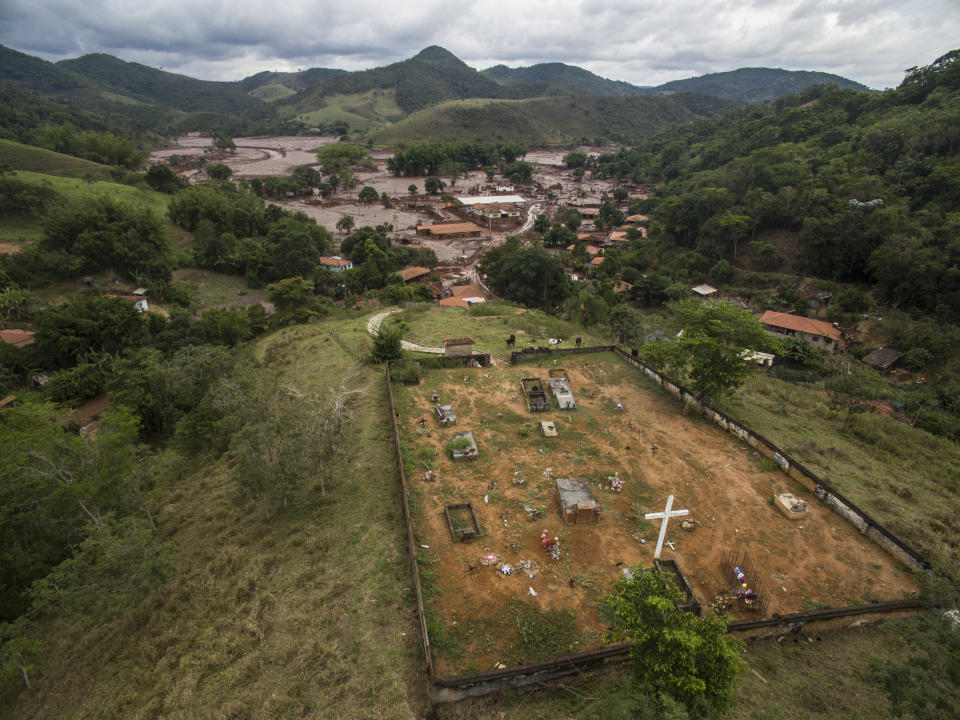
Love HuffPost? Become a founding member of HuffPost Plus today.
This article originally appeared on HuffPost.

